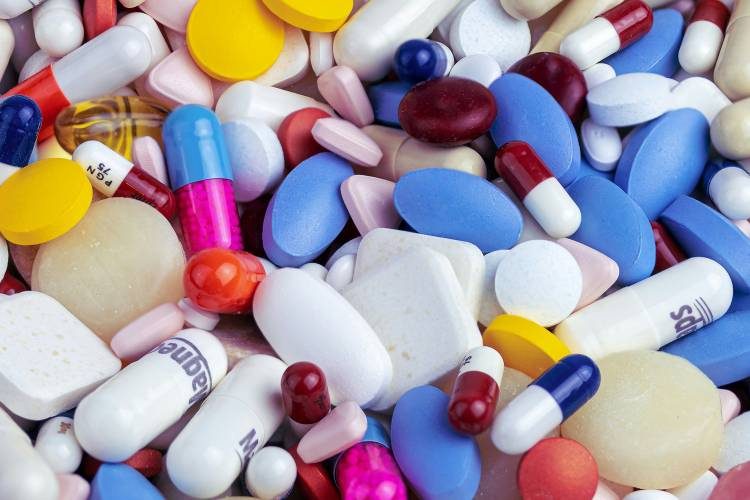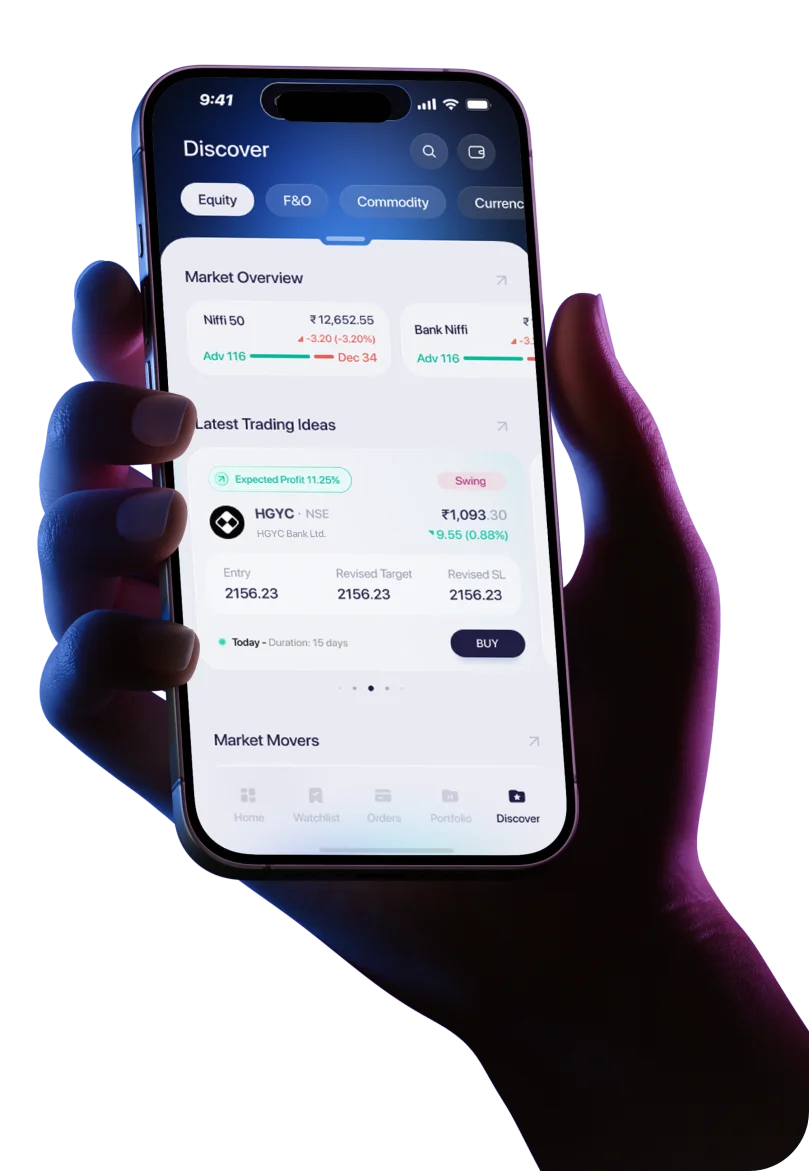In most industries, higher spending on research & development (R&D) is seen as a direct lever for long-term value creation. However, in the Indian pharmaceutical industry, the numbers tell a different story. A recent analysis of five leading pharmaceutical players - Ajanta Pharma, Dr. Reddy's Laboratories, Lupin, Sun Pharmaceutical Industries, and Zydus Lifesciences—highlights a surprising paradox: more research doesn't always mean greater rewards.
Divergent R&D Strategies
Over the last decade, Indian pharma companies have followed widely different approaches to R&D allocation:
- Lupin and Dr. Reddy's Laboratories consistently allocated double-digit percentages of sales (12–14%) toward research and development.
- Ajanta Pharma and Zydus Lifesciences, by contrast, kept their spending relatively modest, at or below single digits.
- Sun Pharma struck a middle ground, balancing investment without excessive allocation.
This variance is striking, with a 26-point spread across the dataset.
The Paradox: Returns vs. Research
One would assume the bigger investors in innovation should reap more substantial rewards. Yet, the opposite emerges:
- Lupin, the highest spender (13.91% of sales), delivered the lowest 10-year shareholder return of just 37%.
- Dr. Reddy's Labs, another high spender, managed only 88% returns.
- On the other hand, Ajanta Pharma and Zydus Lifesciences, with relatively lower R&D expenditures, rewarded shareholders with returns of 179% and 180%, respectively.
- Even Sun Pharma, with moderate spending, outperformed high R&D peers with 112% returns.
The correlation coefficient of -0.7 between average R&D intensity and long-term returns signals an inverse relationship.
Why the Disconnect?
Several factors explain why higher R&D hasn't directly translated into shareholder wealth:
- Global Generics Playbook – Indian pharma's heavy R&D often focuses on U.S. generics, where price erosion and intense competition dilute returns.
- Long Gestation Periods – R&D-led product pipelines take years to materialize, delaying investor payoff.
- Execution Risks – Regulatory setbacks, FDA observations, and delayed product launches erode the benefits of high spending.
- Capital Efficiency – Leaner players like Ajanta and Zydus have demonstrated that sharper execution, combined with controlled R&D, can deliver better shareholder outcomes.
The Bigger Question
The data raises a critical question for investors: Is Indian pharma's R&D spend more on sustaining competitiveness than creating outsized shareholder value? This counterintuitive trend underscores that efficiency and commercialization of research, rather than absolute spending, drive shareholder wealth. The wide variance shows that while some firms achieve strong innovation-led growth, others face diminishing returns on elevated R&D budgets.
As Indian pharma navigates the next decade, encompassing biologics, specialty drugs, and global alliances, the real test will be whether higher R&D intensity can ultimately resolve this paradox. Until then, investors may do well to remember that in the Indian pharma sector, more research does not always equate to greater rewards.





 Easy & quick
Easy & quick
Leave A Comment?